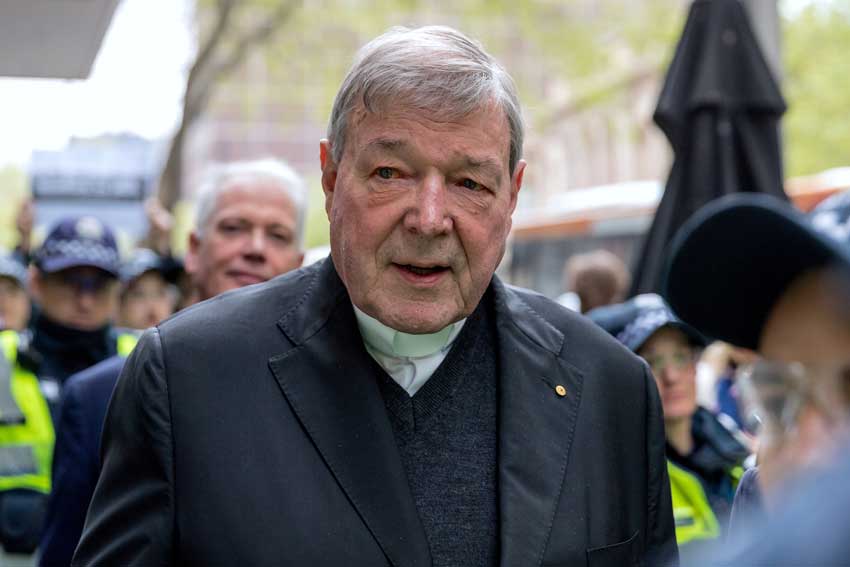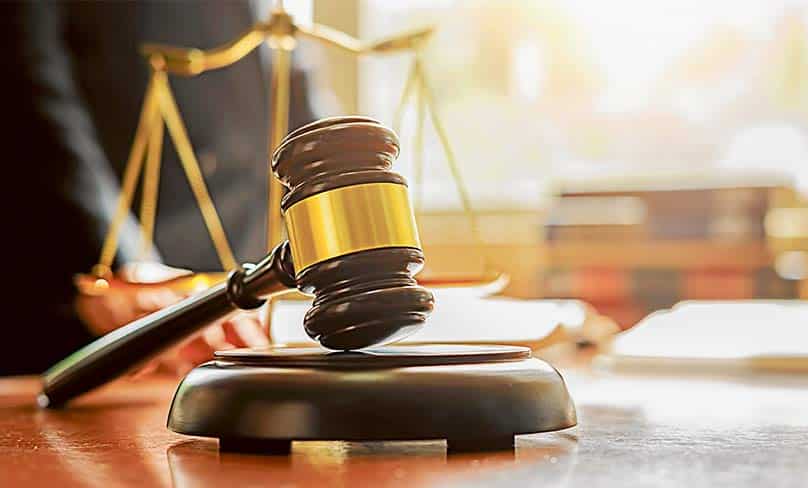
As a general rule, Australian courts are committed to the principle of the public administration of justice. This is characterised by proceedings being conducted in courts open to the public including, as an extension this, the reporting of their proceedings in the media.
There are, of course, some exceptions to this including in cases affecting national security or where one or more witnesses are particularly vulnerable, including victims of sexual assault. But usually, courts are open to the public so that we can have confidence in the legal system.
This principle of open justice and the exceptions to it have been a key consideration of the trial, conviction, sentencing and appeal of Cardinal George Pell.
On the one extreme, there was a suppression order over the trial and the conviction, with Australian media not even permitted to report that the trial was occurring, to say nothing of the charges, the evidence, the first trial resulting in a hung jury and then the guilty verdict of the second jury, handed down in December.
On the other extreme, once the suppression order was lifted, we saw wall-to-wall media coverage and the Cardinal’s sentencing screened live on mainstream television.
We heard in confronting detail about the two incidents that led to the Cardinal’s conviction: the sexual abuse of two choir boys in the sacristy of St Patrick’s Cathedral, and a separate groping of one of these same boys about a month later in the corridor near the same sacristy.
Apart from a few notable examples, the media focused on the very graphic details of the crimes and paid scant attention to the defence team’s reply, which was their prerogative, especially following a guilty verdict. Then last week, we saw a two-day appeal livestreamed on the court’s website and the relevant appeal documents available online.
While widespread coverage of court proceedings relating to the Cardinal and, by extension the Church, might make us a little nervous, the principle of the public administration of justice has meant that for the first time, last week, Catholics and others have been able to read and hear the arguments in the Cardinal’s defence directly, and not told through the lens of the mainstream media.
Appeal documents shows how alleged offences could not occur

We saw directly in the appeal documents filed by the Cardinal’s lawyers that “over 20 witnesses who had an official role in Sunday Solemn Masses at St Patrick’s at the time” were called to give evidence, including the Master of Ceremonies, the sacristan, adult altar servers, adults in charge of the choir and ex-choirboys, all of whom gave testimony to the effect that the offences alleged did not or could not have occurred.
On top of these, the defence documents reveal that the police spoke to at least another 15 choristers who did not see the two choir boys leave the procession prior to the first alleged incident, nor did they witness the second alleged incident.
Also in the appeal documents, we read that for the first incident to have occurred as alleged, a number of circumstances that would have required at least eight people to simultaneously depart from their usual practice following a Sunday Solemn Mass at the Cathedral over which the Archbishop was presiding.
These included that the Master of Ceremonies would have had to abandon his usual practice of accompanying the Cardinal after Mass until he removed his vestments.
It would have required each of the Dean of the Cathedral, the sacristan and the adult altar servers to alter their usual practice of being in and out of the sacristy after Mass to return books and sacred vessels used in the Mass so as to leave it unattended for the alleged assault to have occurred.
Cardinal Pell would have similarly had to deviate from his usual after-Mass practice of greeting parishioners on the Cathedral steps, even though the incident is alleged to have occurred at one of his very first Masses in the Cathedral as Archbishop.
And the two choir boys would also have had to abandon their usual practice of processing back to the choir rooms following the Mass and attending the scheduled rehearsal.
Perhaps even more unlikely, for the second incident to have occurred, a 6ft4, fully vested Cardinal Pell would have had to have departed from his usual practice (and the usual practice of every presiding Bishop in a liturgy) to remain at the back of the procession, make his way to the middle of a procession of concelebrating priests, acolytes, servers and about 50 choristers, and molest a boy unnoticed by any of those in the procession or anyone else.
While snippets of these may have been in various media reports, they are a striking collection when placed side-by-side as they were in the appeal documents.
The ability to see them and come to a conclusion for ourselves rather than reading media reports is one of the great benefits of an open justice system like we have in Australia.
Related stories:
